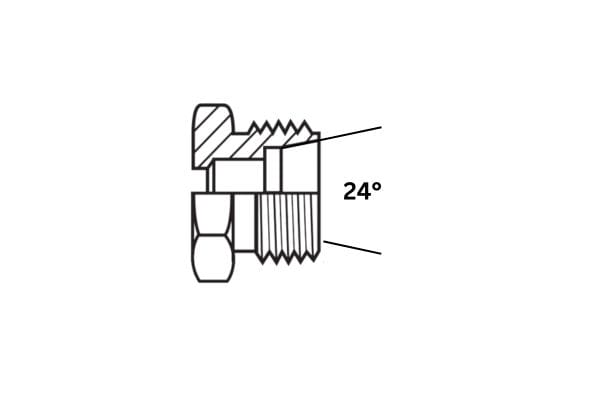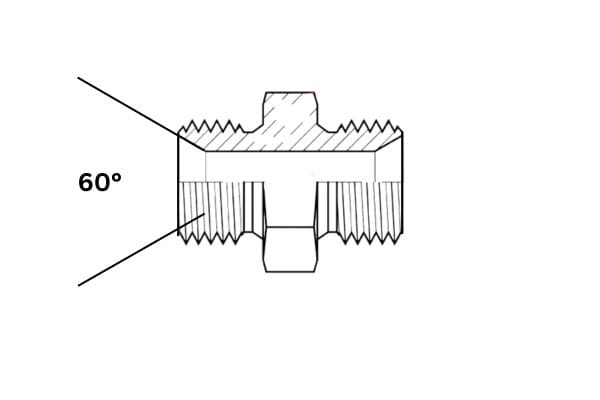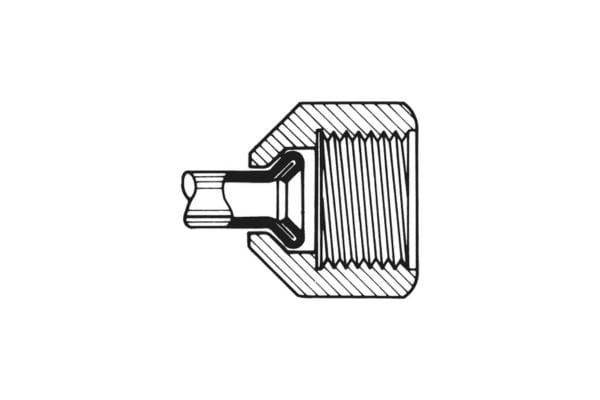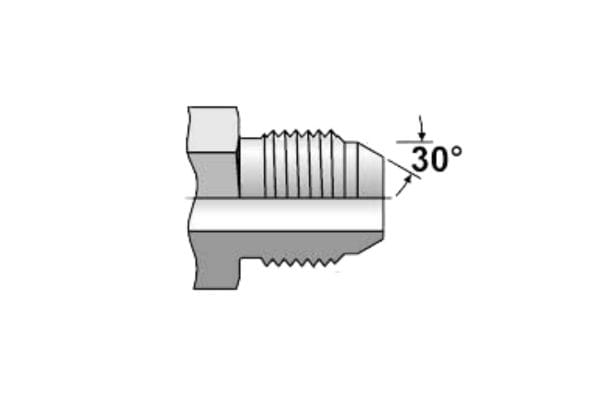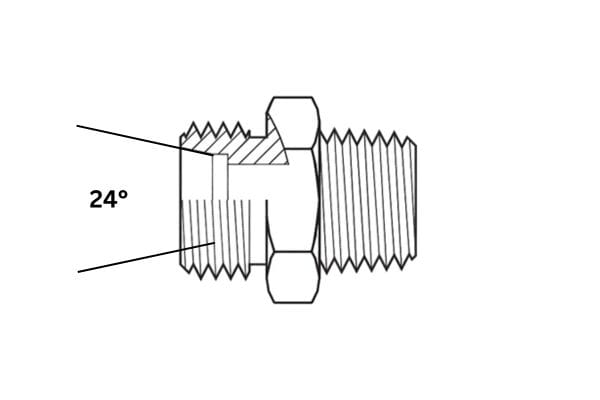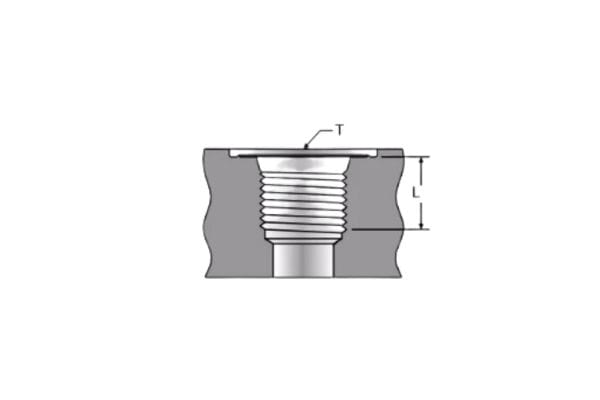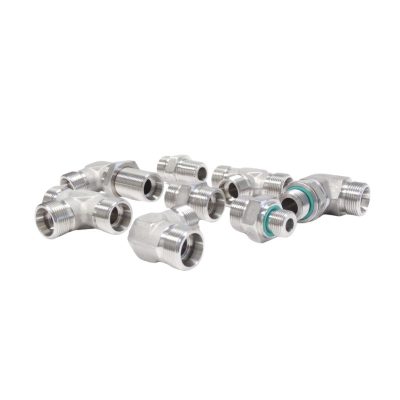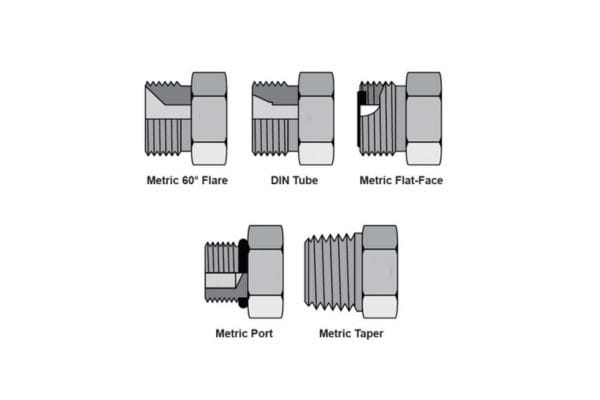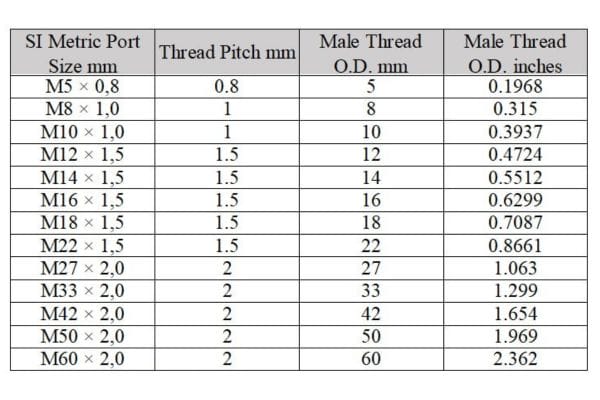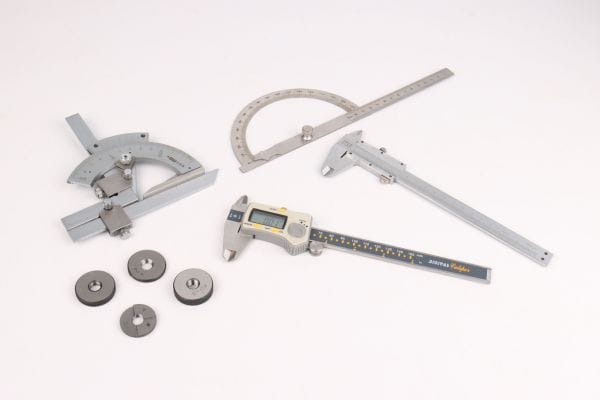
FAQ
What is metric hydraulic fitting?
The metric hydraulic fitting is a compression fitting that consists of a body, o-ring, and nut. It has a good seal and can connect metric hydraulic hoses to hydraulic fittings.
Are there metric hydraulic fittings?
Topa can manufacture a complete line of hydraulic metric fittings. Our metric hydraulic fittings are vibration resistant, provide tight, reliable connections, and prevent leaks.
What are the different types of Metric hydraulic fitting?
Hydraulic fittings can be classified according to their thread type, size, and configuration. The commonly used distinctions are O-ring, bend angle, and thread.
What is Metric hydraulic fitting's material?
The metric hydraulic fitting can be selected from steel, stainless steel, and brass materials, the choice of material being related to the pipe to be connected, and the application scenario.
What to pay attention to when choosing Metric hydraulic fitting?
First, the diameter of the fitting and the hose should match. Secondly, the choice of material for Metric hydraulic fitting should consider the environment where it is located, such as pressure, humidity, temperature, etc. Finally, what kind of application, such as quick connect or welding form.
How to connect Metirc hydraulic fitting?
Firstly, the hose should be cut to the right size with a cutting machine. Secondly, choose the right Metric hydraulic fitting in terms of use scenario and demand. finally, tighten the nut to achieve the purpose of pressing the ferrule.
How are hydraulic metric fittings measured?
First, you measure the inner and outer diameters of the hydraulic fitting with a caliper, next you calculate the distance between adjacent threads.
How do identify the different Metric hydraulic fittings?
This can be identified by checking whether the Metric hydraulic fitting is available for reuse, what type of connection port it is, in what way it is sealed, and the relevant accessory
How to determine if Metric hydraulic fitting is reusable?
For reusable Metric hydraulic fitting, you can use a wrench and a vise to take it apart and put it back together. For the non-reusable Metric hydraulic fitting, you need to use a crimping tool to do it.
What are the sealing methods of Metric hydraulic fitting?
There are three most common types of seals. o-rings, mating angles, and tapered thread designs.


































